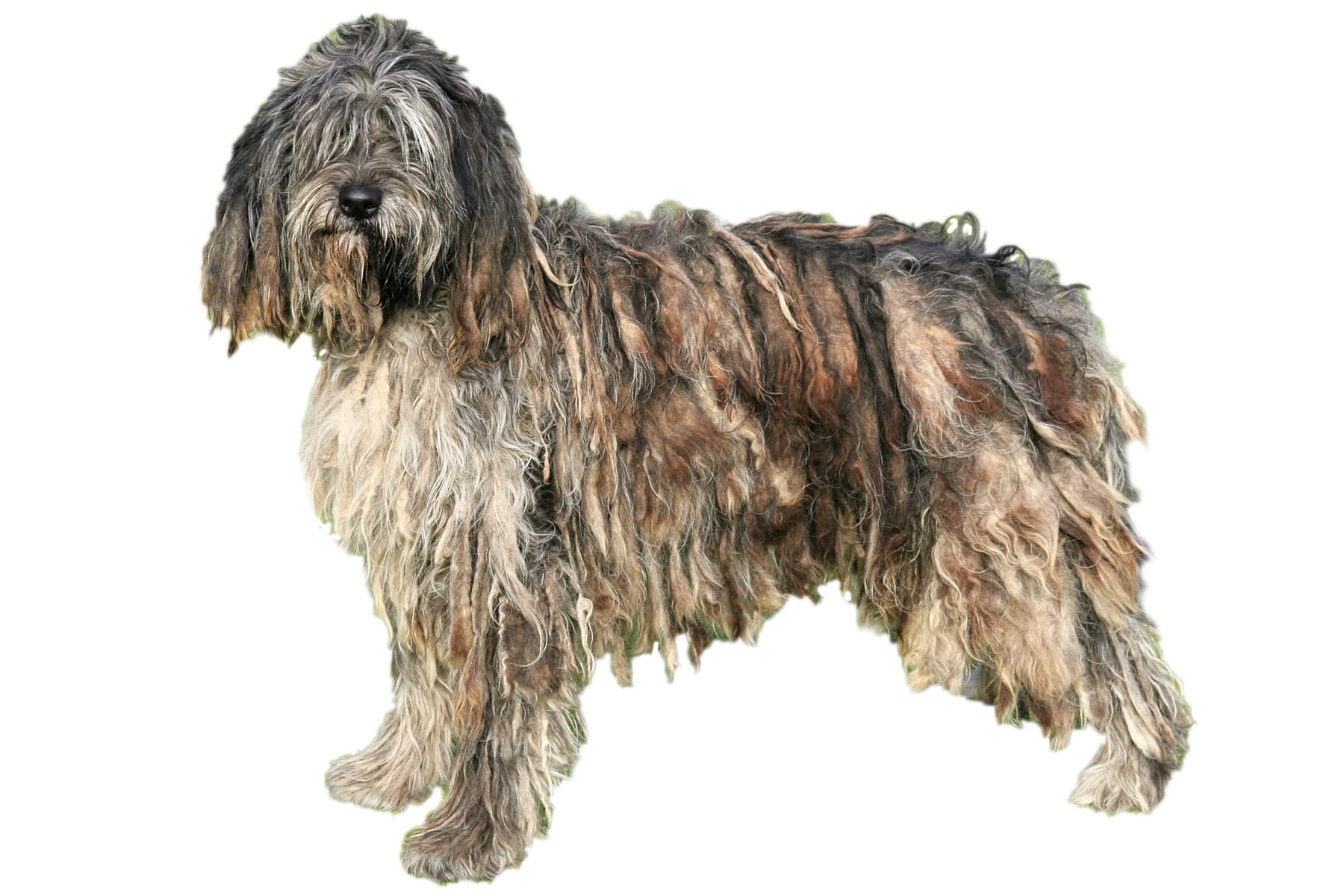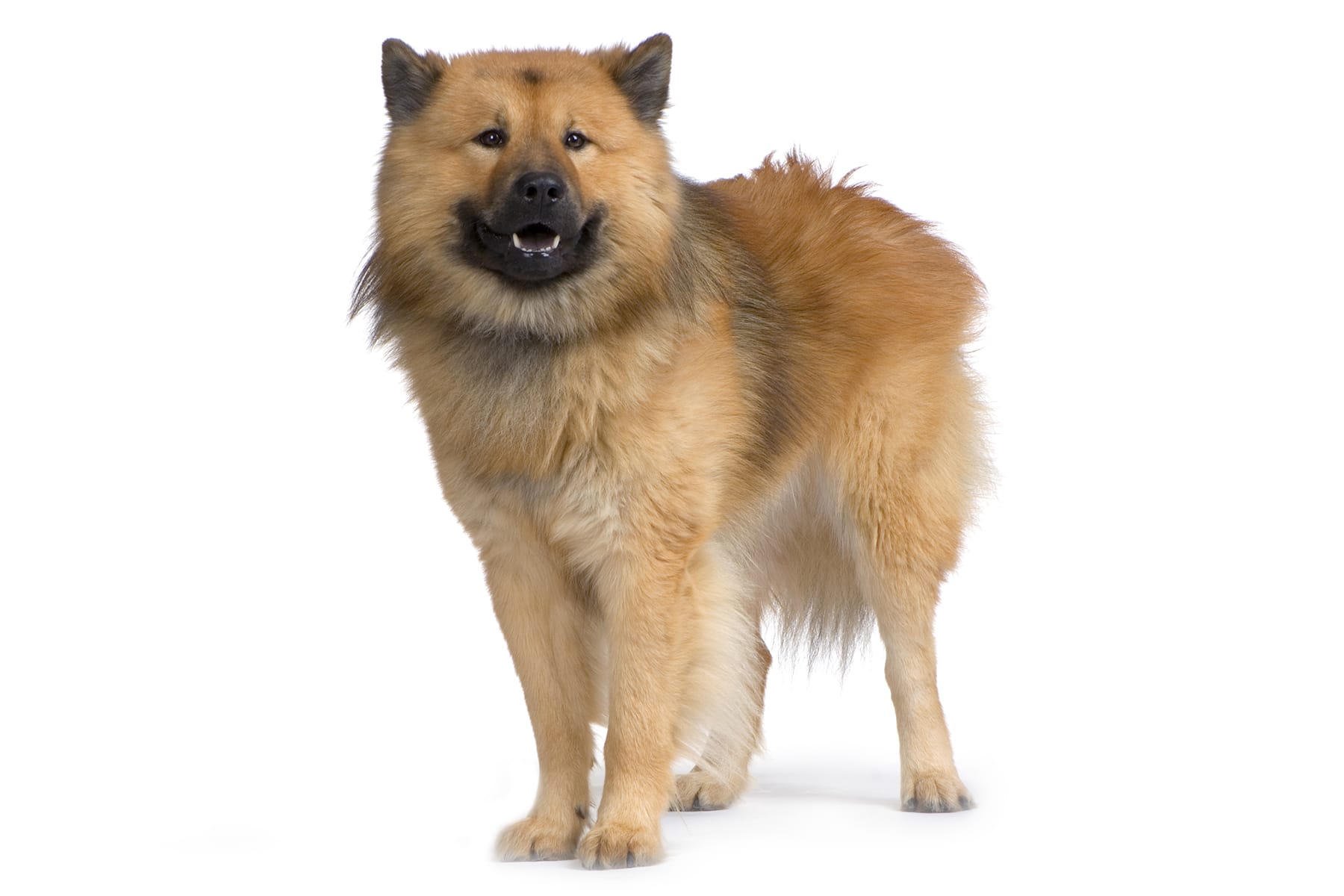Shetland Sheepdog
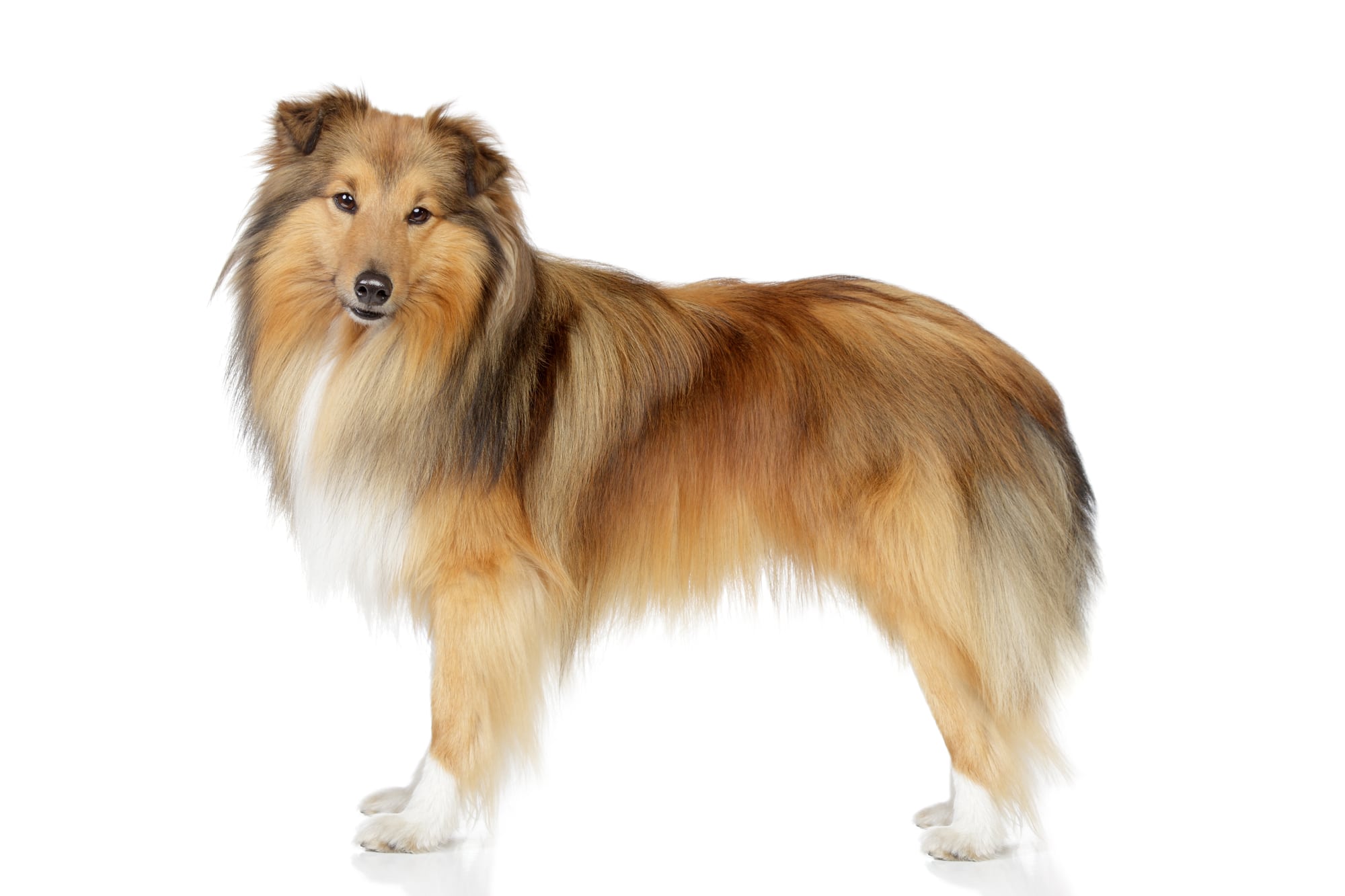
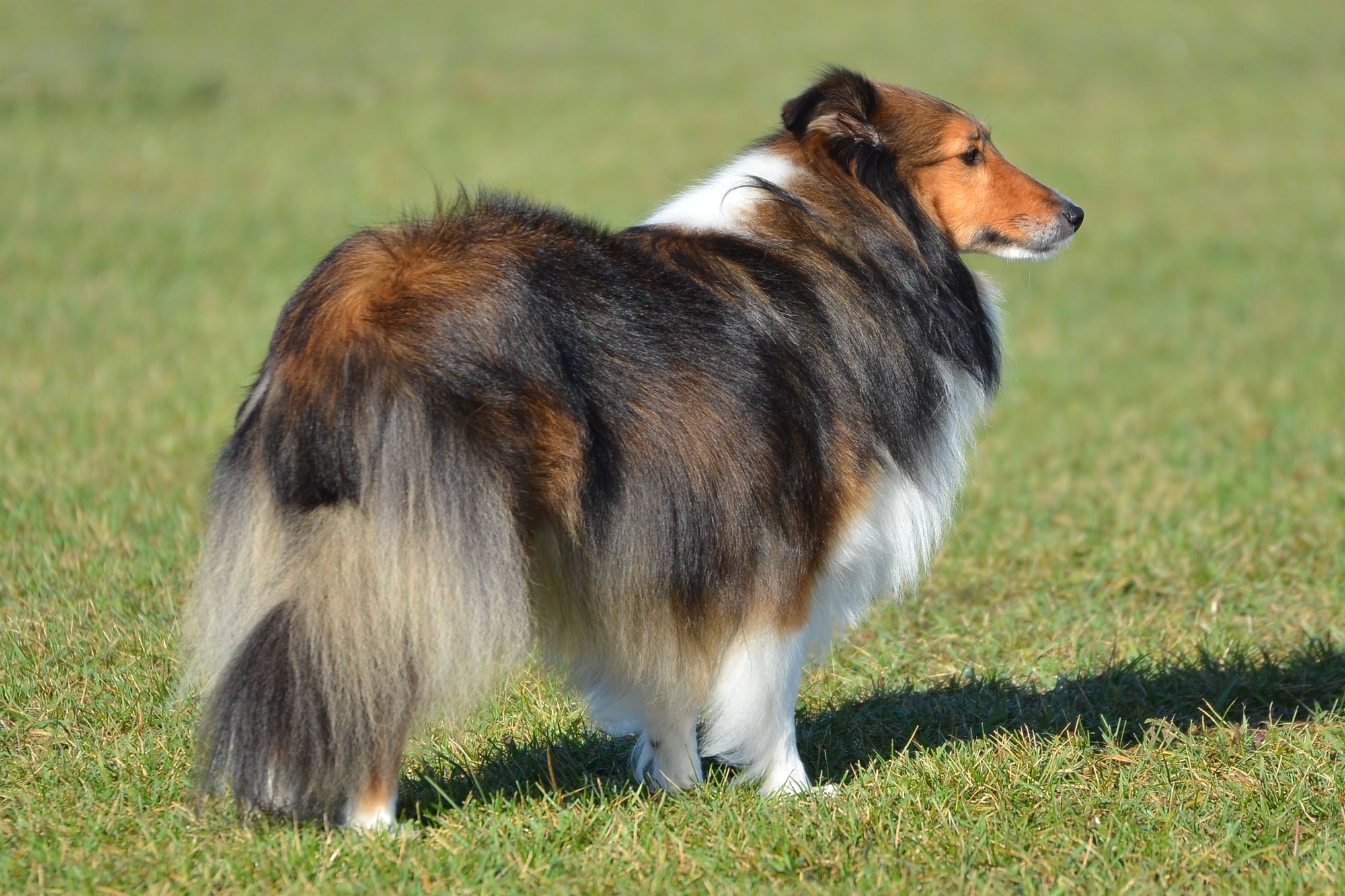
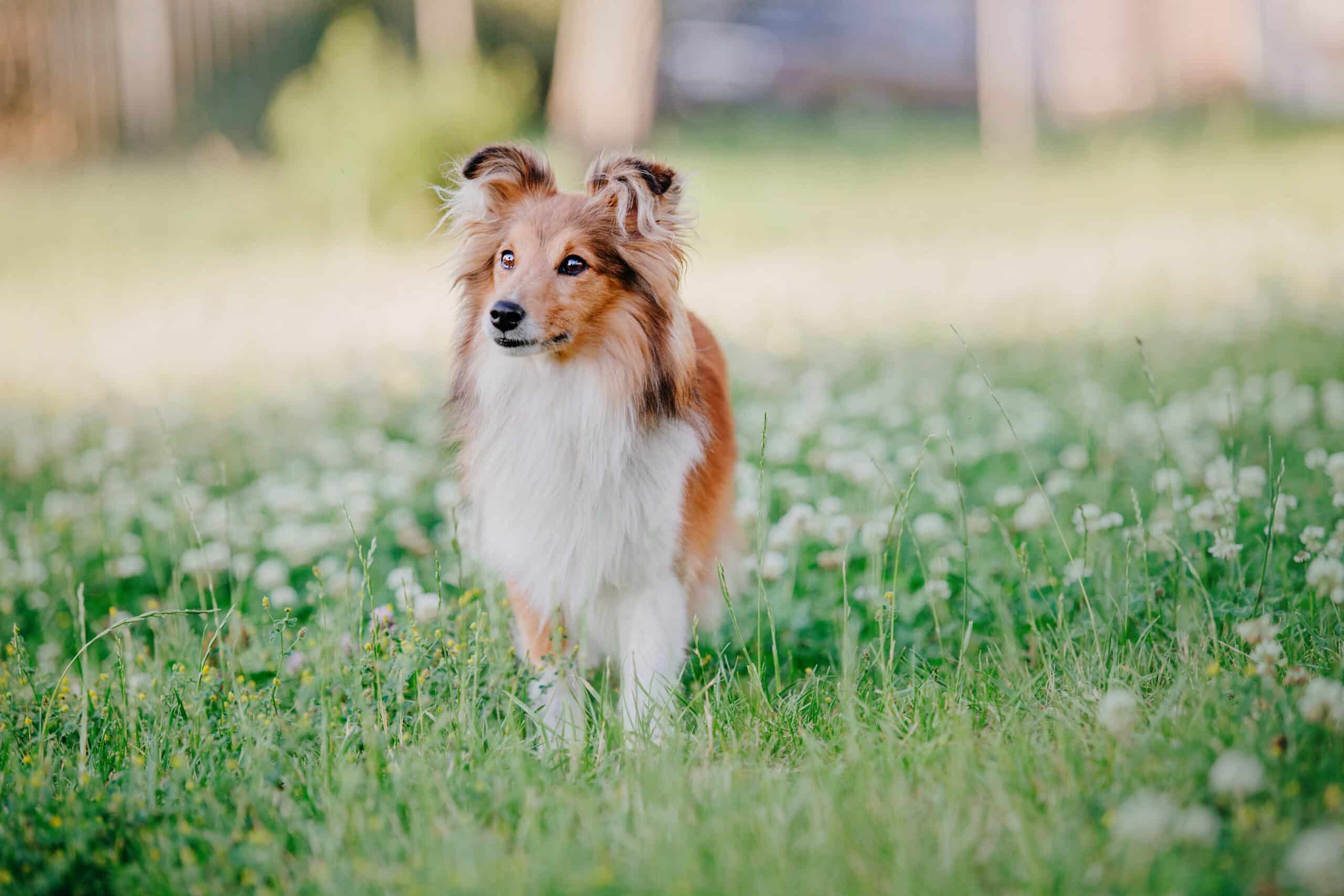
Temperament:
The Shetland Sheepdog, also known as the Sheltie for short, is an ideal companion. Thanks to its friendly and uncomplicated nature, it is also suitable for beginners. However, everyone should be aware of how much energy this little dog has. If the future owner is just as active as the Sheltie, nothing stands in the way of a happy life together.
Characteristics
The Shetland Sheepdog originates from the Shetland Islands. Its appearance is strongly reminiscent of the long-haired collie. Although the two are related, the Sheltie is significantly smaller. Its coat is long and thick. The lush mane and ruff are striking.
The undercoat is fine and soft, but at the same time very dense. The coat color is very variable. Brown and white dominate, but black and blue are also found. The latter is due to a genetic defect that can unfortunately lead to blindness and deafness.
Shelties have a friendly and playful nature. They learn quickly, are lively and easy to train. They are strongly attached to their caregiver and tend to be reserved towards strangers. Nevertheless, they remain friendly towards strangers and rarely become nervous.
Shelties have an outgoing nature. However, they are also said to have a certain stubbornness and a tendency to bark. However, this can be brought under control with consistent and loving training.
This alert and good-natured dog can also be kept in a city apartment. The prerequisite is that he gets enough activity and that the caregiver takes him for walks as often as possible. The walks are relaxed due to the generally low hunting instinct.
As herding dogs, they react quickly to movement stimuli. Depending on the individual hunting instinct, the dog may run off. However, if it is told "no", it is quickly whistled back. This requires good training. If this is given, walks in the pedestrian zone are no problem.
The Shetland Sheepdog is an uncomplicated companion for active beginners. A willingness to invest time and love in spending time with the animal is a prerequisite. Then both human and animal will have a lot of fun in the great outdoors and on the dog park. The future owner should be aware of the dog's great need for exercise.
Shelties are sensitive and get on less well with very strict and moody people. This is because they directly perceive mood swings in their environment. A loving approach is therefore very important. Nevertheless, their upbringing should be consistent enough to enable them to live together in a relaxed manner.
The Sheltie gets on well with other pets and dogs, preferably with other Shelties. They avoid dogs that want to cause trouble. Puppy play sessions are particularly useful for young Shelties. Here they can learn important behaviours and socialize healthily in contact with other dogs of the same age.
The Sheltie also gets on well with children, as long as they respect his retreat.
Coat care:
Shedding:
Energy level:
Trainability:
Children suitable:
The right food
When choosing food, make sure that it contains high-quality ingredients, is balanced and meets your dog's requirements. Age, size or weight, activity and health status play an important role. You should follow the manufacturer's recommendations for the amount of food.
Treats should only be fed in moderation and deducted from the basic diet to avoid obesity.
Puppies can be fed 4-6 times a day. The number of meals should be gradually reduced to 2 per day until the dog is fully grown. A rest period should be observed after meals.
Fresh drinking water should be available at all times.
Health & Care
In general, the Shetland Sheepdog is fairly undemanding to care for. Although its coat is very long, it does not need to be groomed excessively. Regular brushing is usually sufficient. The hair is very fine and smooth, so it does not become matted and hardly absorbs any dirt.
Shelties are generally healthy and robust. However, they are susceptible to eye diseases and MDR-1, a metabolic disease. The latter leads to certain medications not being tolerated. Epilepsy and heart disease are also known to occur.
Shelties with the color blue merle should not be bred to each other. There is an increased risk of blindness and deafness.
This should be taken into account for health and animal welfare reasons. The hereditary disease Collie Eye Anomaly is also possible. It affects the back of the eye and leads to impaired vision.
The long and thick coat makes it easy to assume that Shelties get too warm in summer. However, this fear is unfounded. Due to the seasonal change of coat, the body temperature regulates itself.
To make the hot summer days more bearable for the Shetland Sheepdog, fresh water and shade should always be provided. A dog pool can also provide cooling. Walks in the midday heat should be avoided.
Trimming the coat is not recommended as this can lead to hair loss. Clipped fur can lead to sunburn more quickly. In the worst case, the skin is permanently damaged so that little or no fur grows back in these areas.
In winter, the thick coat protects the dog from the cold, wet and wind. Otherwise, there is no more to consider than with other dogs. Regular vaccinations and worming as well as checking for parasites are a matter of course.
Attention should also be paid to the cleanliness of eyes, ears and anus as well as dental health. In addition, the claws should be clipped regularly if they do not wear off by themselves.
Suitable accessories
Shelties are very active dogs. They enjoy spending time with their owner and taking long walks with them every day. Due to their agile nature, various dog sports are almost obligatory. They need and want a lot of physical and mental exercise and love variety.
This is why they quickly become enthusiastic about agility, dog dancing, flyball or other popular sports. They can also be trained as assistance, rescue or therapy dogs.
Like all dogs, Shelties love a treat between meals. However, you should pay attention to the ingredients. Otherwise the small reward in between can have a negative effect on their health.
You can also make your Sheltie happy with various toys. However, as they are very sensitive to stimulation, it is advisable to use toys that do not squeak.
We recommend a brush and comb as additional accessories. Also a collar or harness with lead, a dog basket or dog mat as a retreat, water and food bowl, claw clippers, mild dog shampoo, toothbrush and toothpaste for dogs, a transport box for transportation in the car and a first aid kit. It's best to ask your vet what should be in the first aid kit.
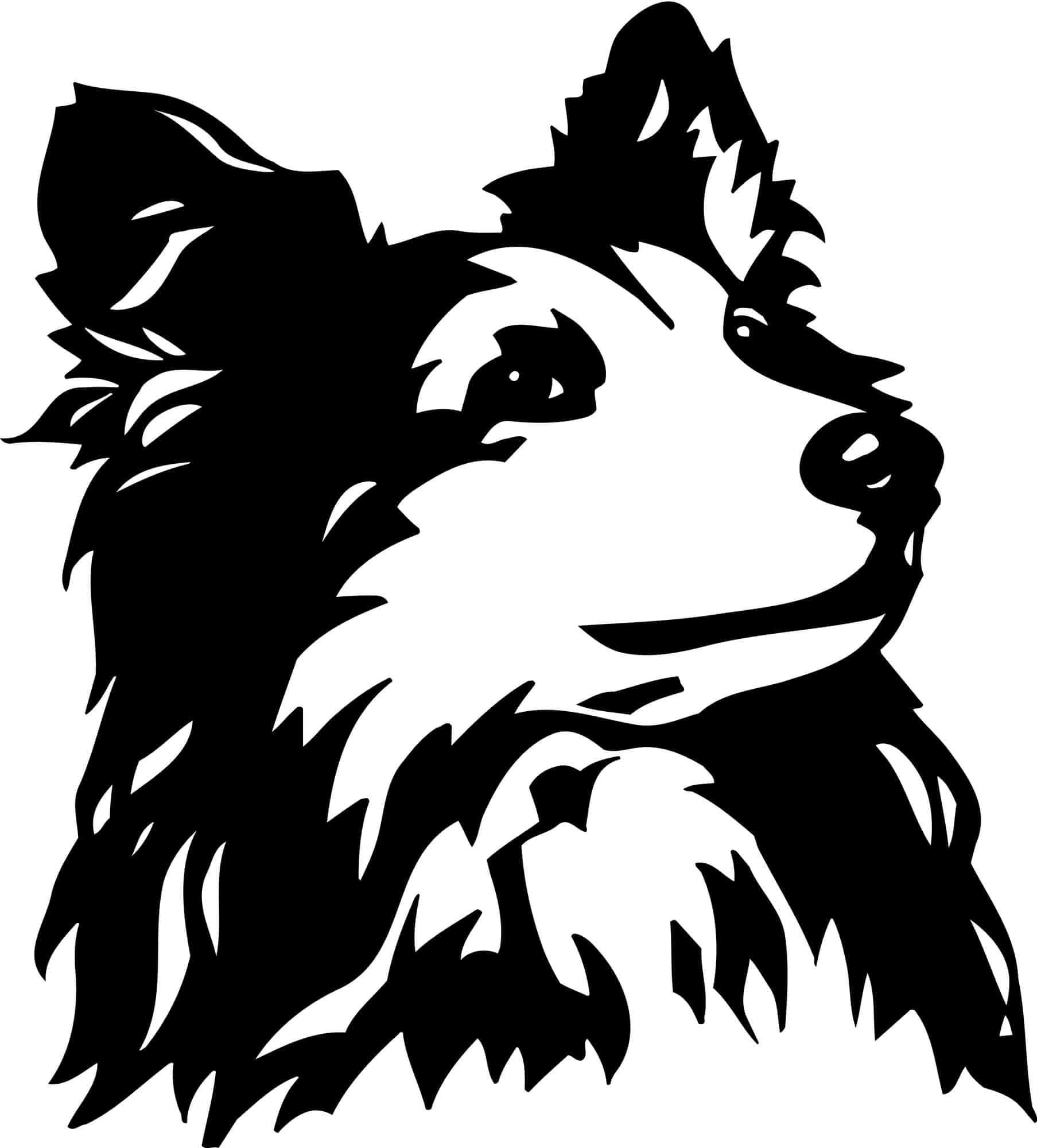
Origin & History
The Sheltie originally comes from Great Britain. More precisely, it comes from the Shetland Islands off the coast of Scotland. Its official name is therefore Shetland Sheepdog. Despite the obvious relationship to the Collie, Collie breeders have resisted the term "Shetland Collie".
The small stature of the Shetland Sheepdog is probably an adaptation to the harsh climate. Similar to the small Shetland ponies.
The people were probably happy to have a smaller dog that needed less food. Because the barren landscape didn't offer much. There are no large predators on the islands from which the Shelties would have had to protect the flocks of sheep. This is also thought to be the reason for their small size.
Despite their small size, Shetland Sheepdogs are very good herding dogs. They are agile and fast and work almost independently. Small instructions from the shepherd are sufficient. Sometimes no commands are necessary at all.
In addition to the relationship to the Collie, genetic influences from the Miniature Spaniel and Miniature Spitz are also possible.
The British Kennel Club recognized the Sheltie as an independent breed as early as 1914. Official recognition by the Fédération Cynologique Internationale did not come until 1954. In Germany, the Shetland Sheepdog is looked after by two clubs within the VDH. One is the "Shetland Sheepdog Club Deutschland (Shetland Sheepdog Club Germany)" and the other is the "Club für Britische Hütehunde (Club for British Sheepdogs)".

